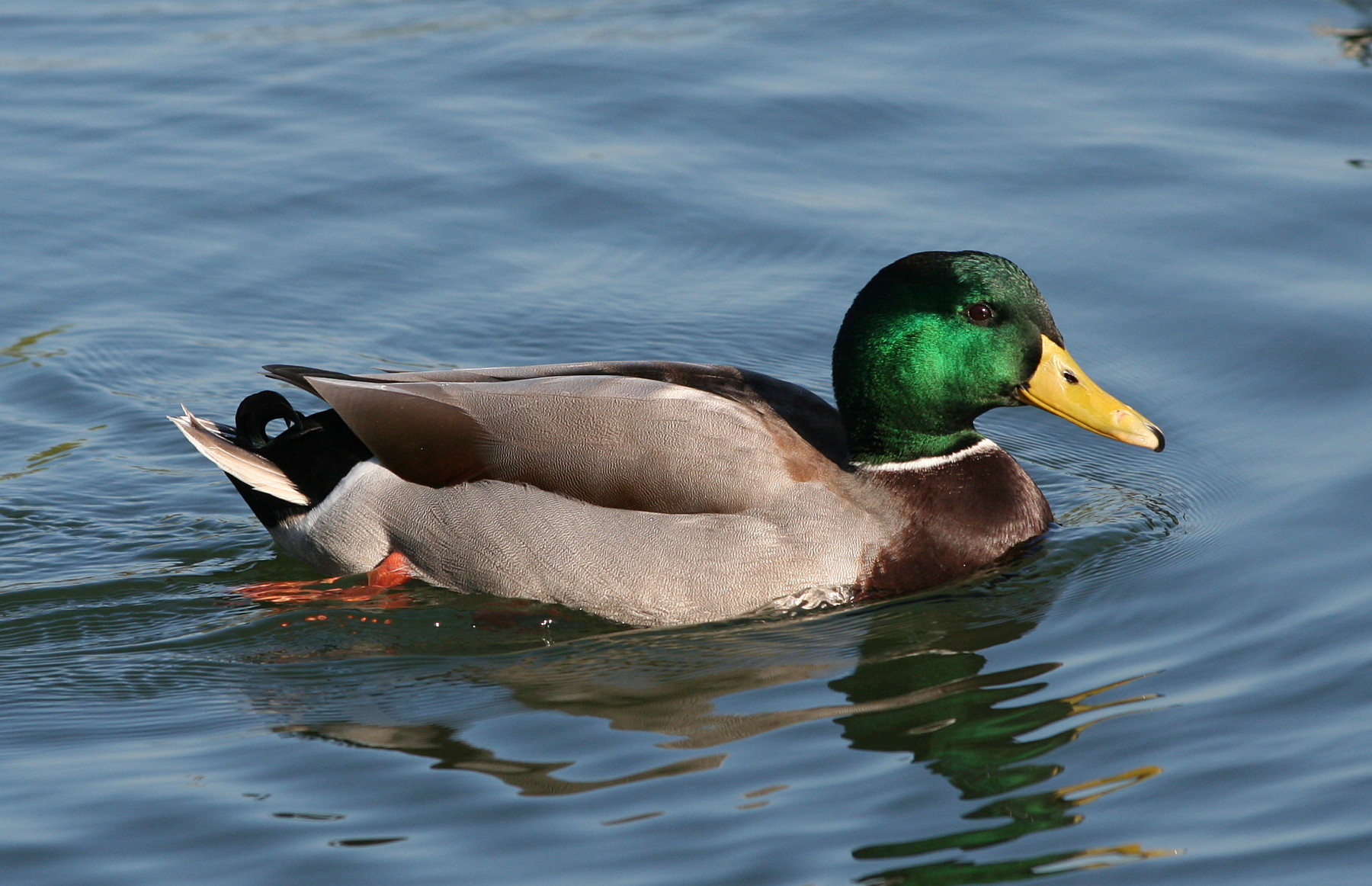Researchers analyses the role of mallards and Canada geese in the dispersal of seeds of aquatic and terrestrial plants.
This research reveals that, contrary to previously thought, plants that do not have long-distance dispersal mechanisms can reach other habitats via waterfowl.
Our park ponds typically hold good numbers of mallards, and urban grassy areas often hold concentrations of geese. In the UK, Canada Geese are an abundant and widespread alien species, well known for fouling parks with their faeces. Until now, no attention had been paid to their role in seed dispersal, a major ecosystem service. Indeed, in the UK there has been surprisingly little attention paid to the role of wildfowl (ducks, geese and swans) in the spread of native or alien plants, a role of ever greater importance under climate change.
A new study from the Centre for Ecological Research in Hungary, in collaboration with the Doñana Biological Station in Spain, and the Wildfowl & Wetlands Trust and Liverpool John Moores University in the UK, compares the plants dispersed by mallards and Canada geese found together in 18 different urban and rural wetlands in north-west England (covering Merseyside, Greater Manchester, and the Lake District). In total 507 droppings were collected from the waterside, and examined for seeds and other plant propagules (i.e. dispersal units, that can include whole plants such as duckweeds) in the laboratory. Over 900 intact seeds were recovered, many of which were then germinated in the lab to prove they had survived gut passage.
"Although Darwin recognized the importance of migratory waterbirds in dispersing aquatic plants, this is the first detailed study of seed dispersal by ducks ever to be conducted in the UK, as well as the first European study to compare coexisting ducks and geese" said Andy J. Green, co-author of the paper. Over 33 plant species were identified, most of which were terrestrial plants, including trees and four alien species.
"We found that mallards and Canada geese have complementary roles" said Adam Lovas-Kiss, senior author of the study. "Mallards disperse relatively more aquatic plants, and those with larger seeds, whereas Canada geese disperse more terrestrial plants".
Both ducks and geese dispersed mainly plants that do not have a fleshy-fruit, and these have previously been assumed to have no or limited ability to disperse via animals, with no mechanism of moving more than a few metres. However, wildfowl provide perfect plant vectors, due to their long-distance flights, so they can help plants to reach new habitats, and to maintain connectivity between isolated plant populations, including different urban parks. For example, even wind-dispersed trees such as the Silver Birch, whose seeds were common in the faeces of both birds, will be dispersed much farther by wildfowl than by wind.
The study also found that the birds can continue to move seeds months after they have been produced on the plants, so for example migrating mallards can move seeds northwards in spring, which can help plants to adjust their distributions under climate change. Canada geese are relatively sedentary in the UK, although occasional movements of hundreds of km have been recorded. Alien plants were only recorded in wildfowl faeces in urban sites, but the study provides important evidence that they could also be spread from parks into natural habitats by wildfowl.
"We have been wrong to assume that only the 8% of European flowering plants with a fleshy-fruit are dispersed inside birds' guts" says Green. "Our study shows that many other plants are dispersed by birds, and that we need to pay much more attention to the role of ducks and geese as vectors of dispersal in urban ecology, as well as in natural ecosystems. Even alien geese can provide an important service by dispersing native plants".
Reference:
Tóth, P., Green, A.J., Wilkinson, D.M., Brides, K., Lovas-Kiss, Á. 2023. Plant traits associated with the seed dispersal of ducks and geese in urban and natural habitats. Ecology and Evolution 13:e10677 https://doi.org/10.1002/ece3.10677
https://doi.org/10.1002/ece3.10677








 ¡Abierta convocatoria para proyectos de investigación en la ICTS- Doñana!
¡Abierta convocatoria para proyectos de investigación en la ICTS- Doñana!


